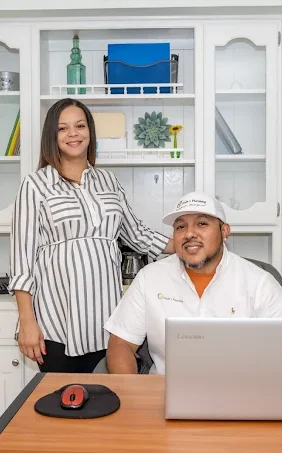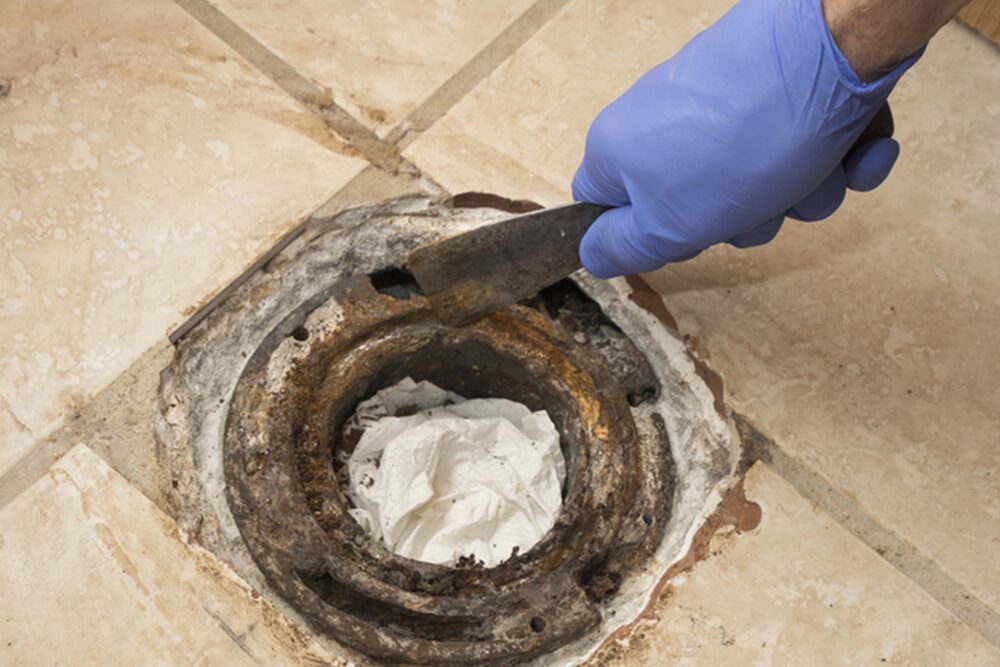A broken toilet flange can lead to numerous plumbing issues, from leaks to unstable toilets, making it crucial to address promptly. This guide provides a step-by-step approach to how to repair toilet flange, ensuring your toilet is secure and functions properly. While this task may seem daunting, with the right tools and guidance, it’s a…
READ MORE PLUMBING ARTICLES
By Made’s Plumbing
Ensuring Safe Water in Arlington, TX With Service Line Inspections
Headline stories like what happened in Flint, Michigan several years back have been a reminder…
Plumbing Myths in Arlington, TX: What Property Owners Should Know
Since the time we’re kids we hear all kids of plumbing myths. From the ridiculous,…
What to Do in a Plumbing Emergency: Tips for Arlington Residents
Experiencing a plumbing emergency in your Arlington, TX home is way more stressful than regularly…
Drop Us a Line!









